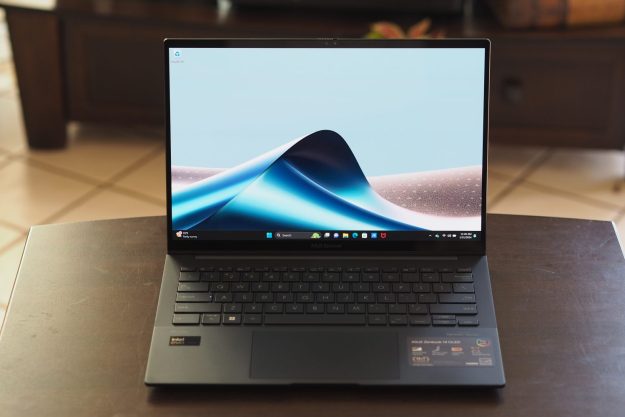Nvidia is now halting all tests regarding autonomous vehicle driving on public roads. The company formerly tested its driver-free technology in California, New Jersey, Japan, and Germany. But the fatal crash in Arizona involving one of Uber’s self-driving cars pushed Nvidia into re-thinking its strategy. Just one error can be devastating.
“The accident was tragic. It’s a reminder of how difficult self-driving car technology is and that it needs to be approached with extreme caution and the best safety technologies,” a Nvidia spokesperson said. “This tragedy is exactly why we’ve committed ourselves to perfecting this life-saving technology.”
A driver-free Uber vehicle struck a pedestrian late Sunday night in Tempe, Arizona. Elaine Herzberg, 49, was walking outside of the crosswalk when she was struck by the vehicle. She was rushed off to a hospital but died later from the injuries. Uber has since halted all autonomous vehicle testing on public roads.
A big chunk of Nvidia’s keynote during its GPU Technology Conference opening focused on autonomous vehicles. Nvidia founder Jen-Hsun Huang admitted that safety is the hardest computing problem. Because so much is at stake, it needs to be addressed “step by step” to prevent future accidents similar to what happened in Tempe and Uber’s vehicle.
“This is the ultimate deep-learning, A.I. problem,” he said. “We have to manage faults even when we detect them. The bar for functional safety is really, really high. We’ve dedicated our last five to seven years to understanding this system. We are trying to understand this from end to end.”
He believes that autonomous vehicles will drive better than humans. They will be the staple of society as humans move away from cites due to overcrowding. Humans are also becoming more dependent on Amazon-like services where products are shipped to their doorsteps rather than customers venturing out to the store. Another 1 billion vehicles will come into society over the next 12 years, he predicted.
For now, until Nvidia understands why the Uber vehicle struck a pedestrian, the company will depend on simulations and private lots to train its autonomous vehicle technology. As for its “fleet” of manually driven data collection vehicles, they will continue to roll across America’s highways.
One topic discussed during Tuesday’s keynote focused on perception: The ability for the car to understand its surroundings. That includes the perception of space, distance, objects of any shape, scenes, paths, the weather and more totaling 10 “networks.” Nvidia plans to assign ten high-powered DGX-2 systems to each network.
Huang also introduced the company’s next-generation supercomputer for self-driving cars called Drive Orin. The successor to the current Drive Pegasus model, it combines multiple Pegasus computers into one Orin package, providing more computing power in the same physical space. The company set out to require less power from the battery too, increasing the vehicle’s overall mileage.
Also during the keynote, Nvidia showcased means for remotely taking control of a real-world autonomous vehicle using a virtual reality headset.
Editors' Recommendations
- Cruise autonomous vehicle drives over woman just after she was hit by another car
- Uber cleared to restart self-driving car testing in California



